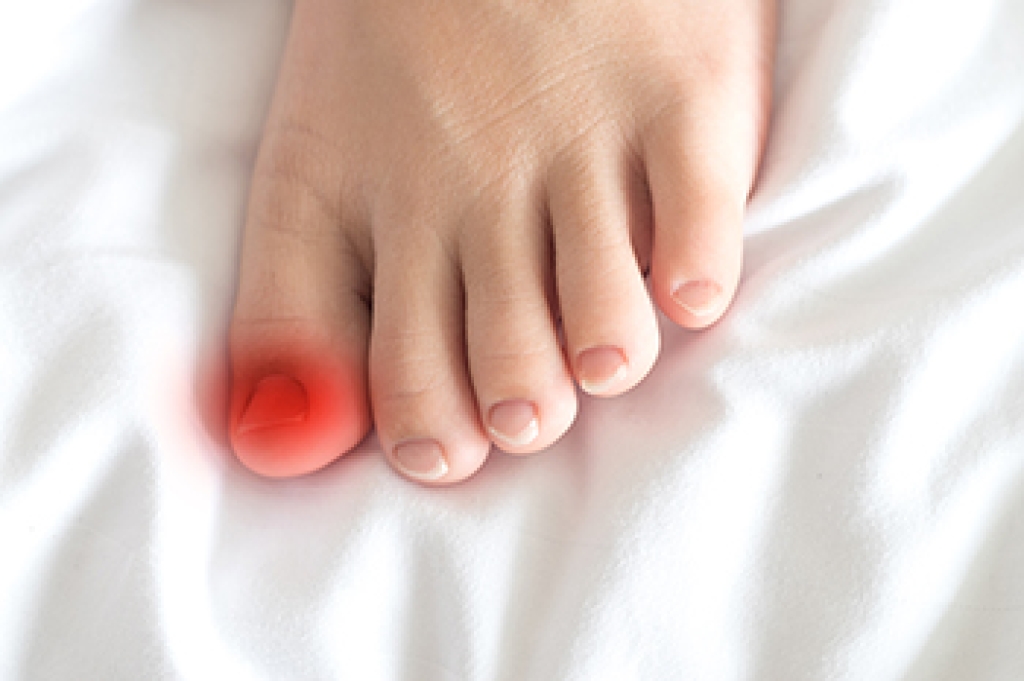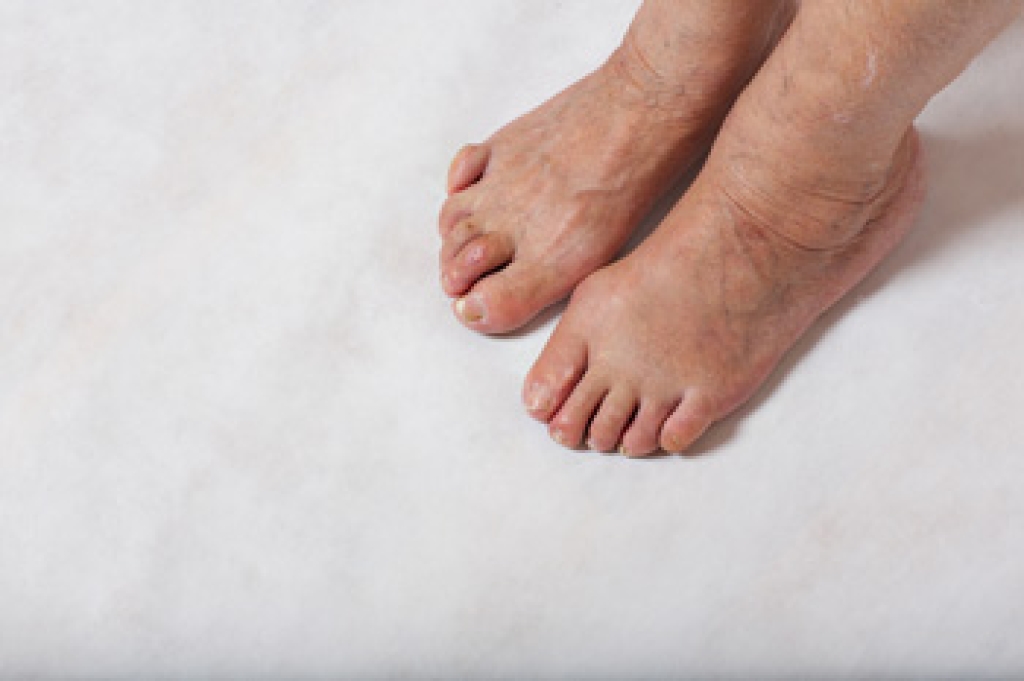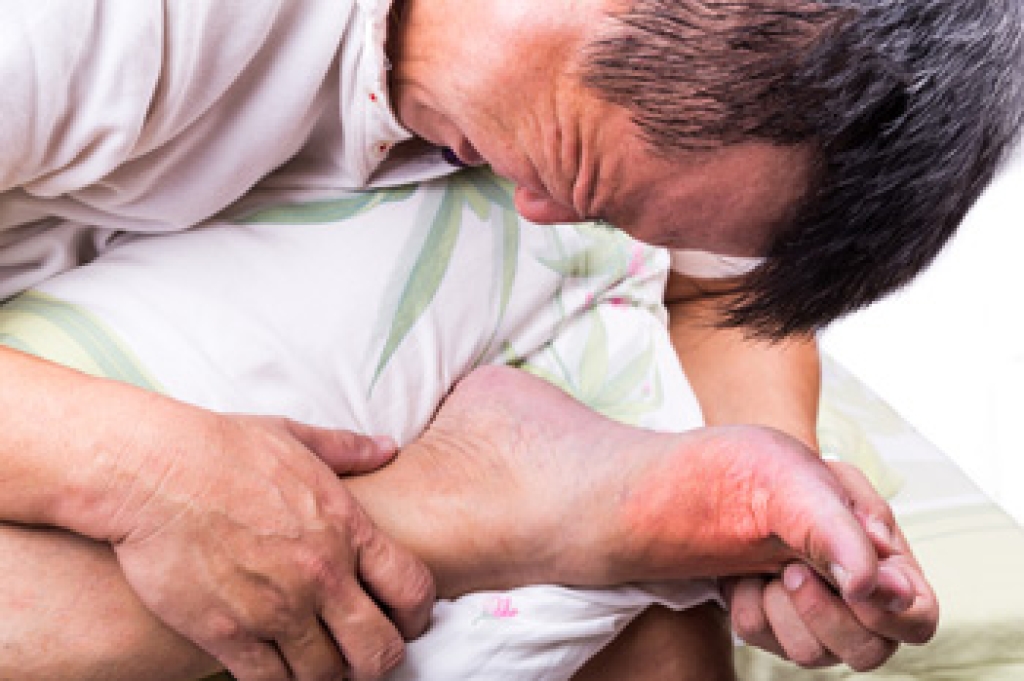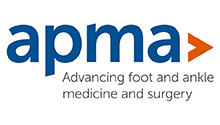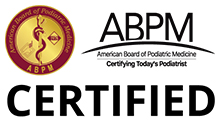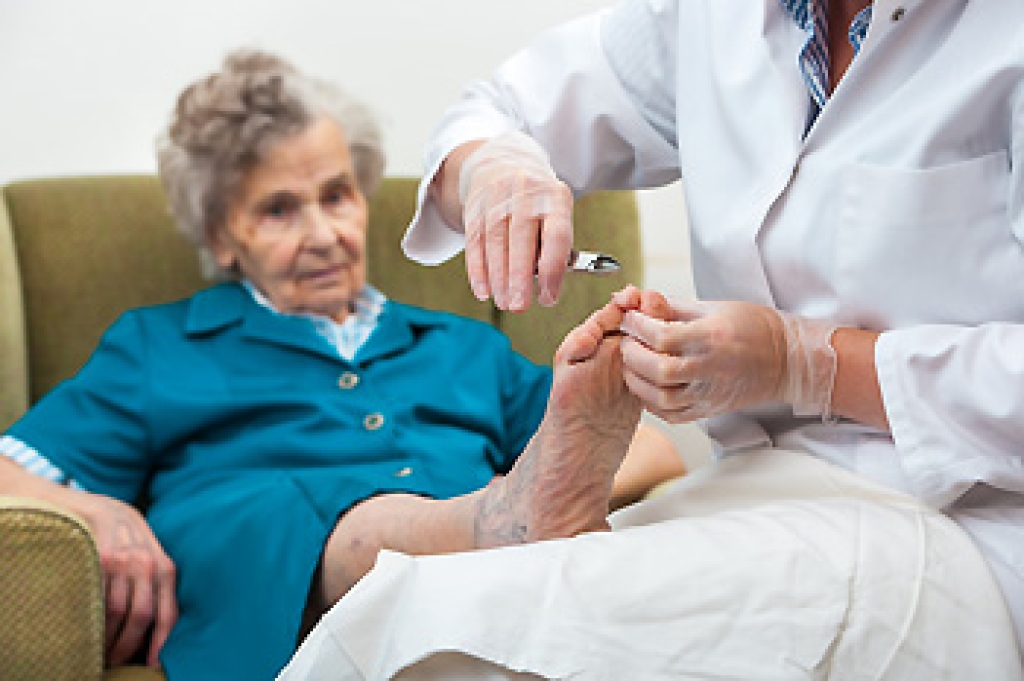
As people age, the feet undergo natural changes that can affect comfort, stability, and overall mobility. Skin becomes thinner, circulation may slow, and conditions such as arthritis, neuropathy, or balance issues become more common. Regular foot exams help identify these changes early so small concerns do not turn into painful or limiting problems. A podiatrist checks skin health, nail condition, joint function, and sensation to detect issues that may not yet cause symptoms. These visits are especially important for adults living with diabetes, vascular problems, or a history of foot pain. Early detection of pressure points, calluses, or subtle wounds can prevent complications and support safer walking. Foot exams also provide guidance on proper footwear, activity levels, and strategies for maintaining strong, healthy feet. If you or a loved one experience persistent discomfort, numbness, or skin changes, it is suggested that you see a podiatrist for evaluation and appropriate care.
If you need your feet checked, contact Barbara J. Aung, DPM of Aung Foot Health Clinic . Our doctor will attend to all of your foot and ankle needs and provide you with quality treatment.
Geriatrics and Podiatry
When people age, some common issues that may occur are bone density loss, dry skin, poor circulation, and rough brittle nails. These issues may also affect your foot health if the necessary steps are not taken to alleviate the problems.
It is important to take care of your feet because feet that are injured or diseased can affect your overall health. Having painful feet hinders your ability to do daily activities or may decrease your willingness to do the things that you need to do.
Visiting Your Geriatrician
As we age, health problems become more likely, so it is essential to visit your doctor for check-ups to ensure that you are doing the best you can to take care of your health. It is recommended to check your feet frequently for any possible cuts, bruises, swelling, corns or any other irregularities.
Taking Care of Elderly Feet
Cracked or dry feet can be treated by applying moisturizer often. It is also important not to wear old socks because the older the sock is, the higher the possibility there will be that there is bacteria there. Wear fresh socks and make sure they fit properly.
Proper foot health means that you can have a more active lifestyle and you will not be bogged down by pain. Foot health also leads to good circulation, which is paramount for overall health.
If you have any questions, please feel free to contact our office located in Tuscon, AZ . We offer the newest diagnostic and treatment technologies for all your foot care needs.

